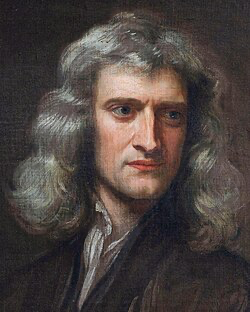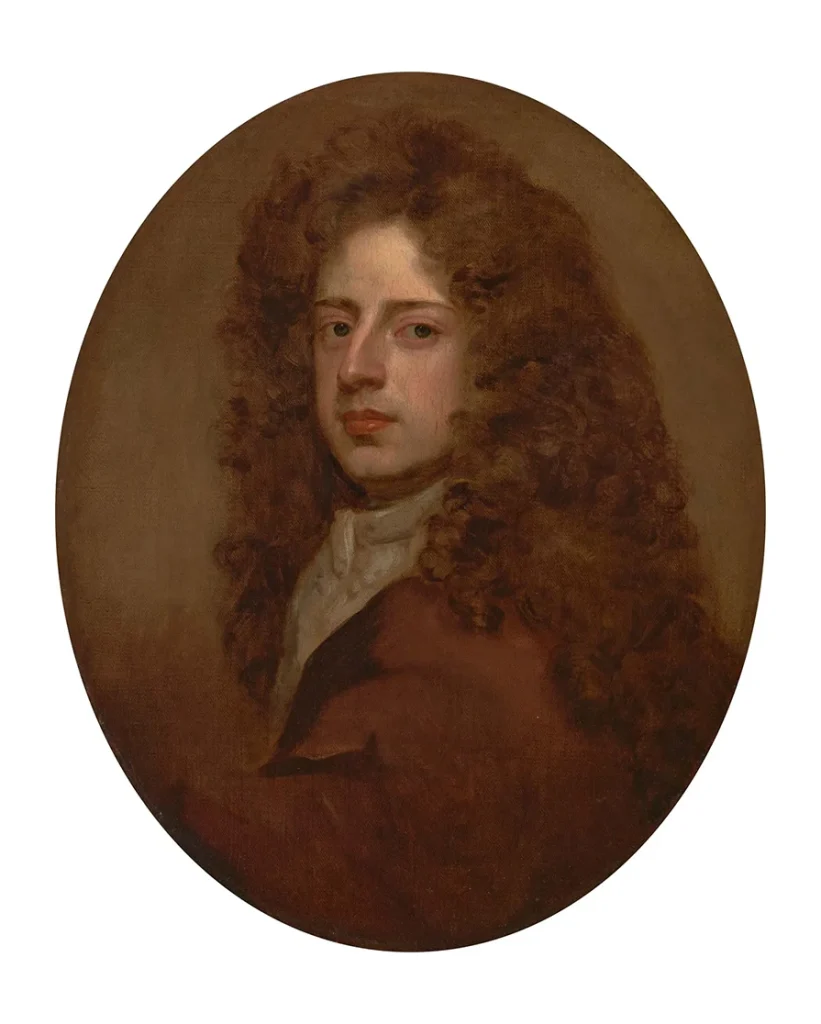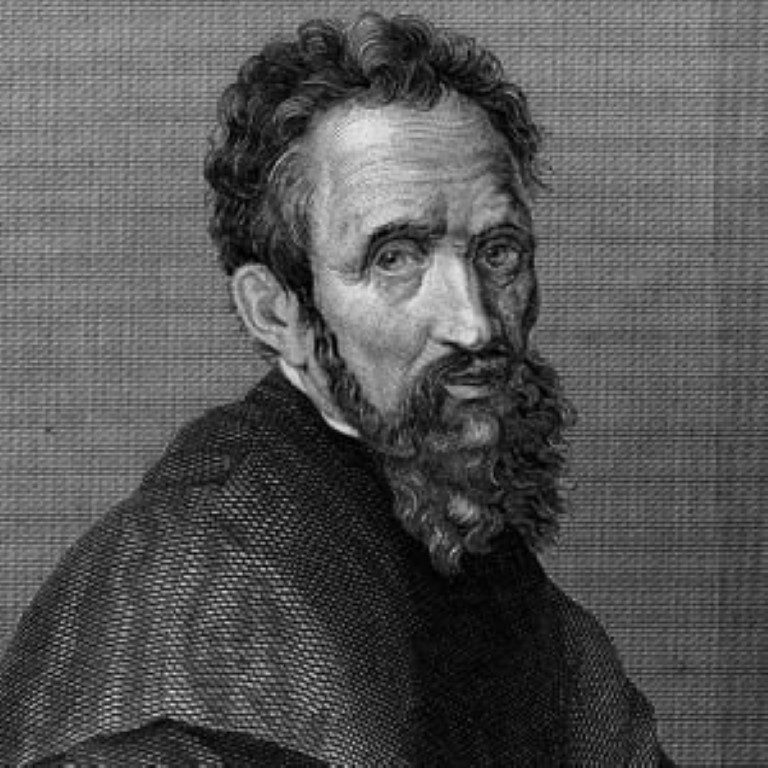Sir Godfrey Kneller, 1st Baronet (born Gottfried Kniller; 8 August 1646 – 19 October 1723), was a German-born British artist and the foremost portrait painter in England during the late Stuart and early Georgian periods. Serving as court painter to successive monarchs—from Charles II to George I—he captured the likenesses of prominent figures such as Isaac Newton, French king Louis XIV, and the Chinese visitor Michael Shen Fu-Tsung.

Born in the Free City of Lübeck to Zacharias Kniller, himself a portrait painter, Kneller studied in Leiden before becoming a pupil of Ferdinand Bol and Rembrandt in Amsterdam. In the early 1670s, he travelled with his brother, ornamental painter John Zacharias Kneller, to Rome and Venice, working in Carlo Maratti’s studio on historical scenes and portraits. He later moved to Hamburg before establishing his career in England.
Kneller died of fever in 1723 at his home on Great Queen Street and was buried in Twickenham, where he had served as churchwarden at St Mary’s. During his tenure, the church’s 14th-century nave collapsed in 1713, and he played an active role in commissioning architect John James to rebuild it. His widow was buried in Twickenham on 11 December 1723, and a memorial was erected to him in Westminster Abbey.
In his will, Kneller granted his assistant Edward Byng a £100 annual pension, entrusted him with completing unfinished works, and bequeathed him the studio’s collection of drawings. Kneller had no legitimate children; most of his estate went to his grandson, Godfrey Kneller Huckle, the son of Kneller’s illegitimate daughter Agnes Huckle by Mrs. Voss. As a condition of inheritance, the grandson adopted the Kneller surname.
The site of Kneller’s 1709 house in Whitton, near Twickenham, was later occupied by Kneller Hall, built in the mid-19th century to house the Royal Military School of Music.
Featuring Image Courtesy: Wikipedia
Contributor





